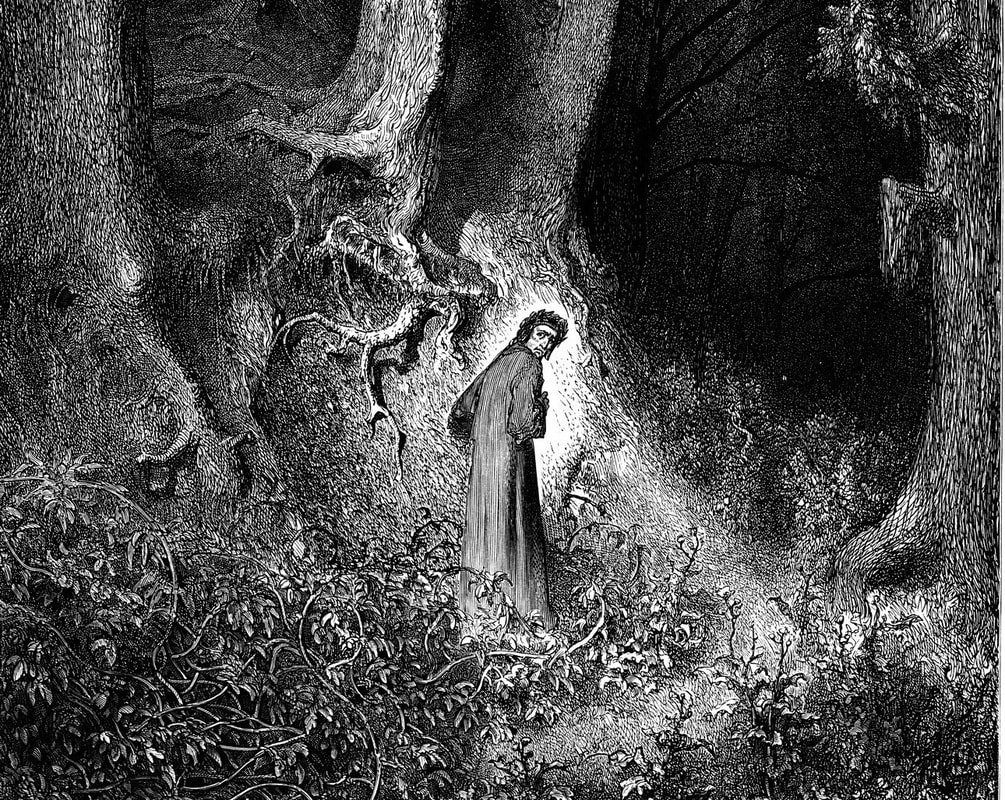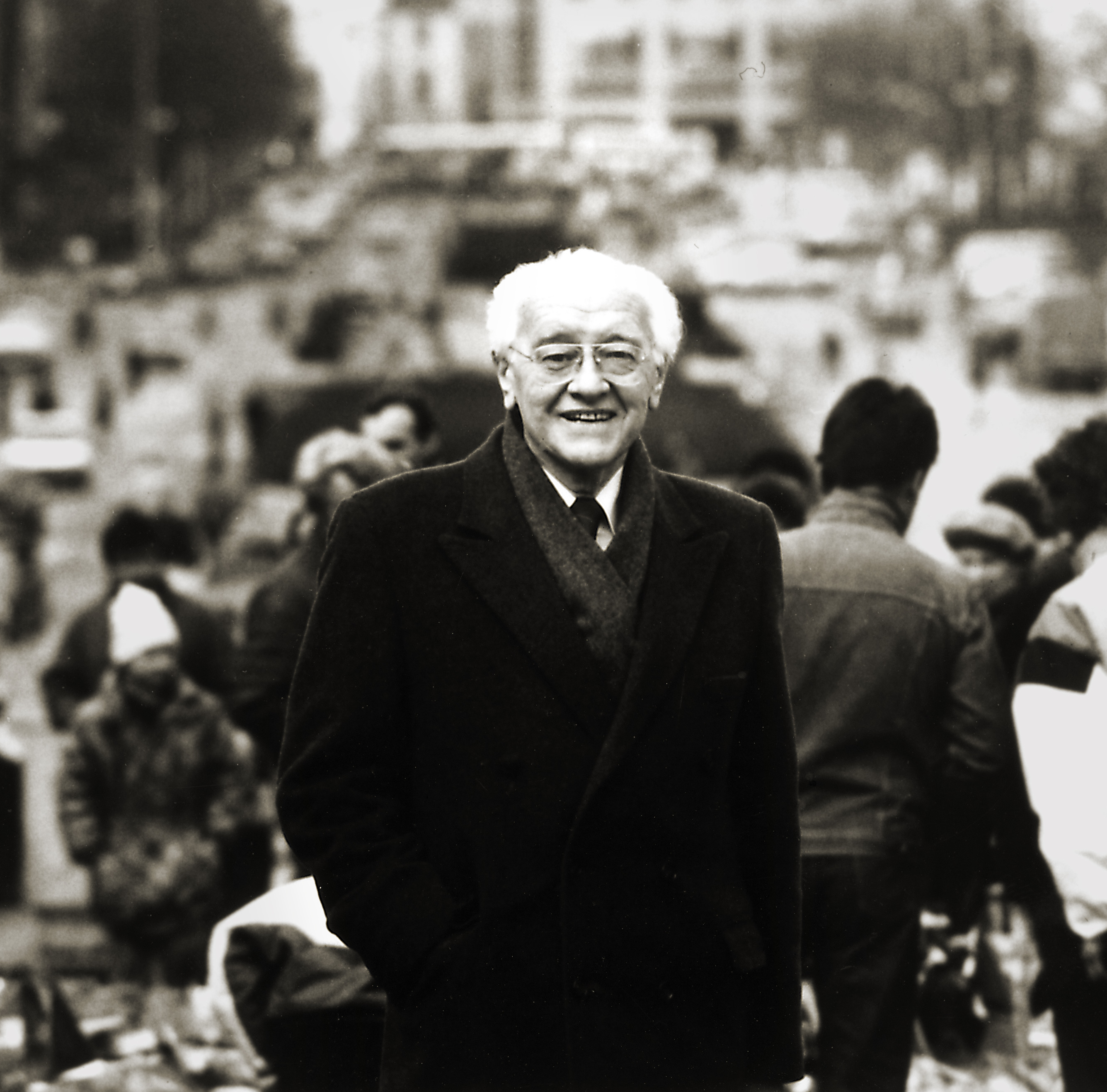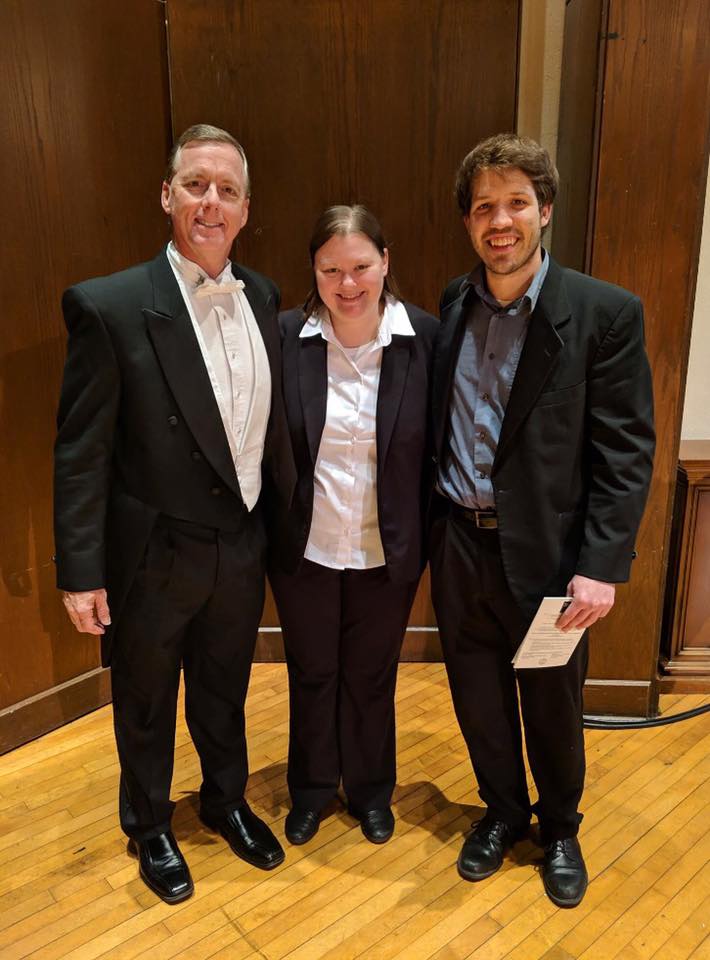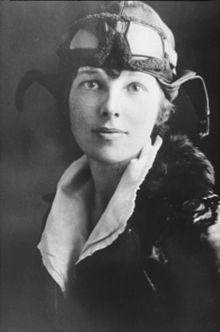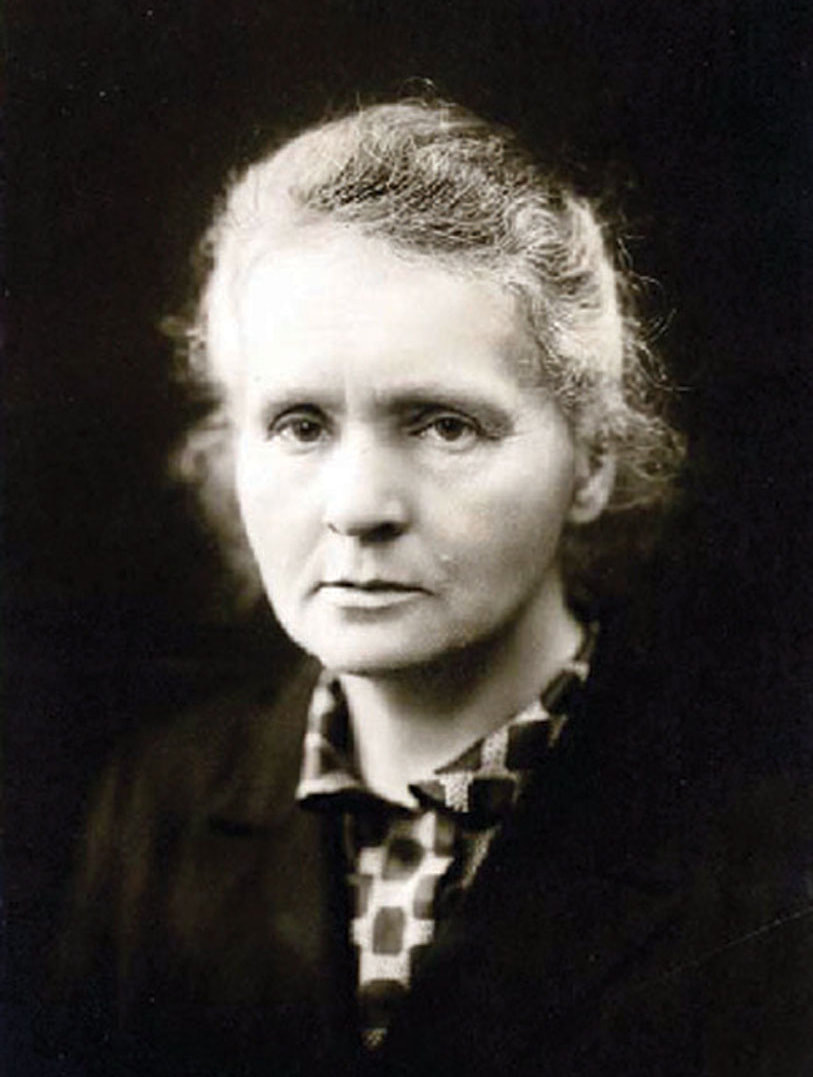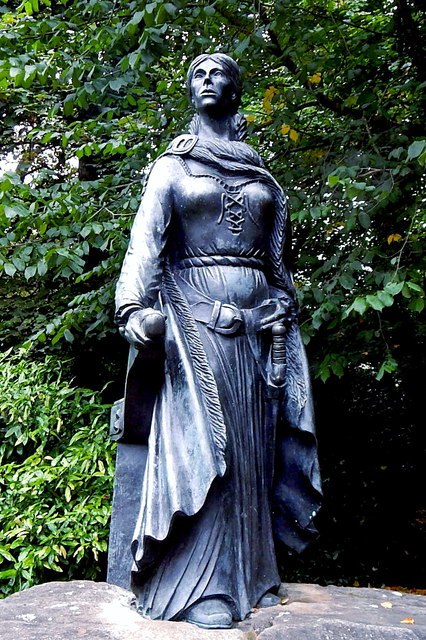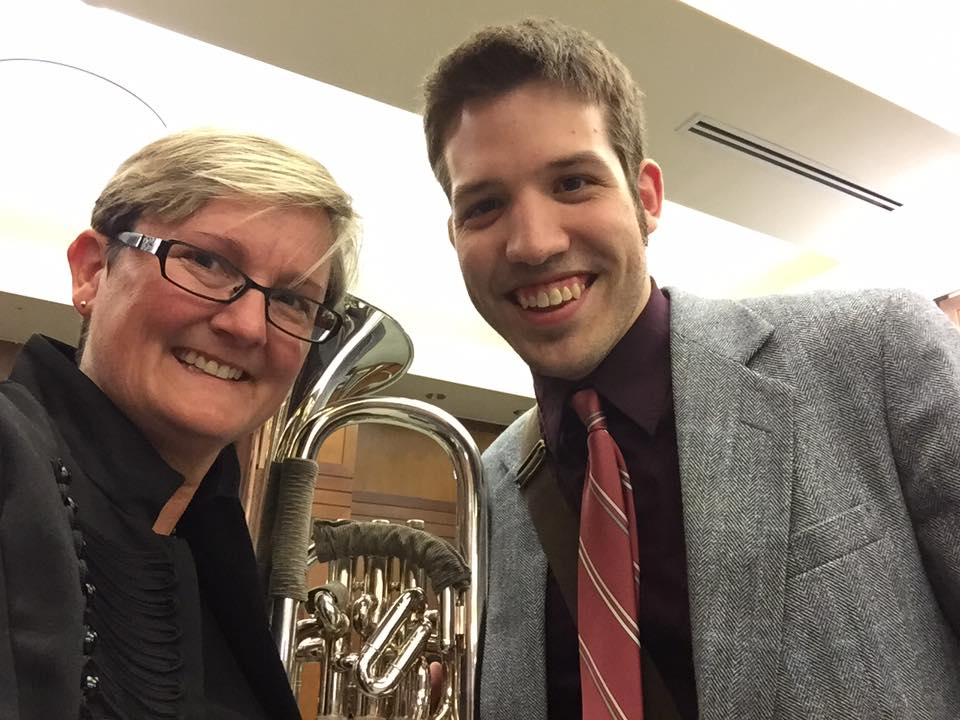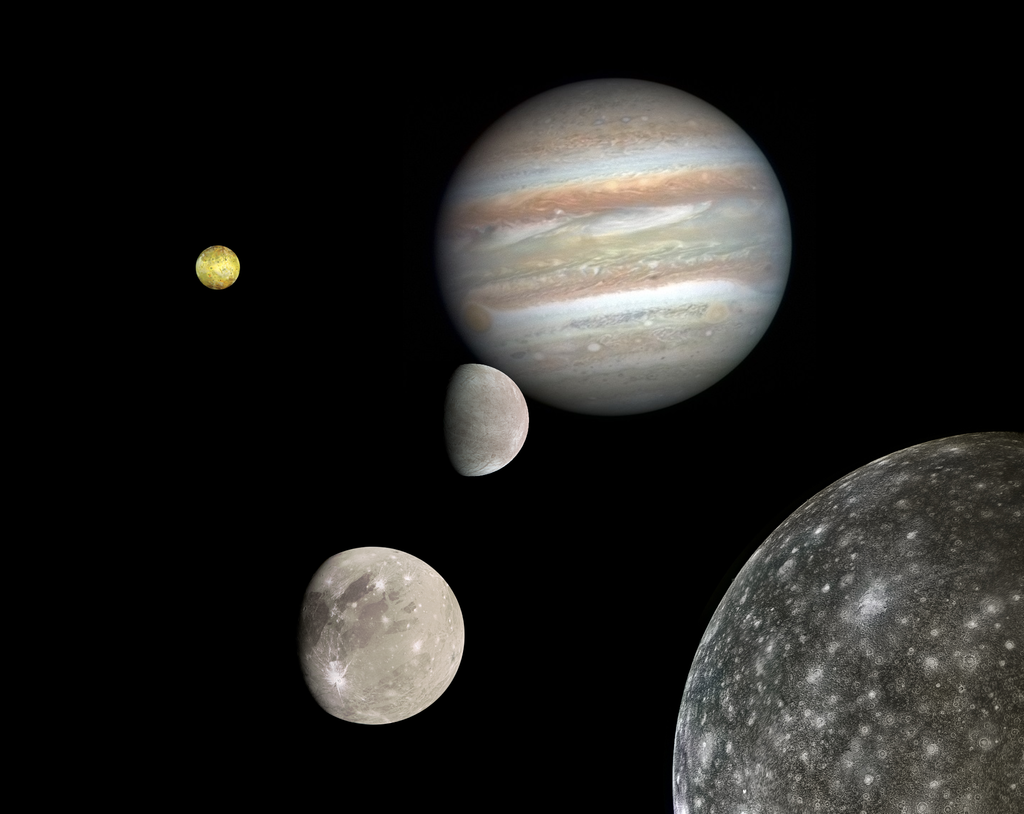This is a CHRONOLOGICAL list of my works for LARGE ENSEMBLES
Large Ensemble
|
Symphony for Orchestra and Choir (2019 - 2021)
Dedicated to Christopher Marshall I. Abandon all hope… II. Apollyon III. Munchausen and Macdonald IV. Dear Joanna V. Athanor I. Abandon all hope… A descent into hell; a soul grasping in darkness. II. Apollyon The king of destruction reigns; the soul fights impossible odds. III. Munchausen and Macdonald The soul encounters two guides; they are skilled in sciences potent and rare. IV. Dear Joanna A dialogue, a plea; ultimately, the question: has any ground been gained? V. Athanor The soul begins its ascent, proclaiming “here I am”. - Matthew Nunes Niceville, 2019 – 2021 |
Instrumentation:
1 Piccolo 4 Horns in F Timpani
2 Flutes 3 B-flat Trumpets Percussion (3 players)
2 Oboes 2 Tenor Trombones Snare, Tom,
2 B-flat Clarinets 1 Bass Trombone Bass, Whip,
1 B-flat Bass Clarinet 1 Euphonium Crash, Sus.
2 Bassoons 1 Tuba Vibraphone
1 Contrabassoon
Harp Soprano (4) Violin 1
Piano Alto (4) Violin 2
Tenor (4) Viola
Bass (4) Cello
Contrabass
1 Piccolo 4 Horns in F Timpani
2 Flutes 3 B-flat Trumpets Percussion (3 players)
2 Oboes 2 Tenor Trombones Snare, Tom,
2 B-flat Clarinets 1 Bass Trombone Bass, Whip,
1 B-flat Bass Clarinet 1 Euphonium Crash, Sus.
2 Bassoons 1 Tuba Vibraphone
1 Contrabassoon
Harp Soprano (4) Violin 1
Piano Alto (4) Violin 2
Tenor (4) Viola
Bass (4) Cello
Contrabass
|
Curtains for Brass Band and Narrator (2020)
Click here to purchase Jessica Mitford’s incisive 1963 essay Behind the Formaldehyde Curtain is the inspiration for this piece. Mitford dissects the embalming industry while baring the ironies and inhumanities of its processes. First included in her book The American Way of Death, we follow “Mr. Jones” from death to burial and experience all the tools, techniques, and abuses in-between. It was required reading for me as a high school junior and a text that grows more haunting with each added birthday candle. The piece follows “Mr. Jones” on his journey with narrated extracts from Mitford’s essay. The opening chords are constructed from the pitches D-flat, E-flat, A-flat, and another D-flat, following Igor Stravinsky’s final chord in The Rite of Spring (D-E-A-D). From here the material alternates between chromatically descending, as the corpse nears its final resting place, and ascending, while the embalmers fight to champion death. - Matthew Nunes Niceville, July 2020 For further reading: Mitford, Jessica. The American Way of Death Revisited. 1998. Vintage Books. New York. Lovejoy, Bess. Rest in Pieces: the Curious Fates of Famous Corpses. 2013. Simon & Schuster. New York. |
Suite for Band (on a theme of Chopin) (2018)
for Wind Band
Click here to purchase
I. Intrada
II. Paean
III. Finale
Suite for Band took shape from two inspirations: the first, the haunting motifs of Frederic Chopin’s Etude Op. 10, No. 12, often referred to as “Revolutionary” or the “Bombardment of Warsaw”; the second, the still-invigorating works for band of Holst, Grainger, and Vaughn-Williams. Each movement explores different aspects of Chopin’s Etude – the first in a lively dance, the second in a gentle melody, and the finale in a rush of energy that brings the work to an exciting close. Each instrument is featured at least once which makes the Suite ideal for the developing ensemble.
I owe many thanks to Dr. Thomas McCauley and his bands at Montclair State University and Windhaven in 2017 for reading the work through various stages of development and for their helpful feedback.
- Matthew Nunes
Niceville, March 2018
for Wind Band
Click here to purchase
I. Intrada
II. Paean
III. Finale
Suite for Band took shape from two inspirations: the first, the haunting motifs of Frederic Chopin’s Etude Op. 10, No. 12, often referred to as “Revolutionary” or the “Bombardment of Warsaw”; the second, the still-invigorating works for band of Holst, Grainger, and Vaughn-Williams. Each movement explores different aspects of Chopin’s Etude – the first in a lively dance, the second in a gentle melody, and the finale in a rush of energy that brings the work to an exciting close. Each instrument is featured at least once which makes the Suite ideal for the developing ensemble.
I owe many thanks to Dr. Thomas McCauley and his bands at Montclair State University and Windhaven in 2017 for reading the work through various stages of development and for their helpful feedback.
- Matthew Nunes
Niceville, March 2018
all before, 17, and more (a reflection) (2018)
for Wind Ensemble
Written shortly after the school shooting in Parkland, Florida all before, 17, and more is a reflection on the emotions that pervade these tragedies, the country, and our minds. Each instrument operates independently with their own musical codes.
- Matthew Nunes
Niceville, March 26th – April 3rd, 2018
for Wind Ensemble
Written shortly after the school shooting in Parkland, Florida all before, 17, and more is a reflection on the emotions that pervade these tragedies, the country, and our minds. Each instrument operates independently with their own musical codes.
- Matthew Nunes
Niceville, March 26th – April 3rd, 2018
|
We cannot always paint flowers... (2018)
for Wind Ensemble We cannot always paint flowers...was commissioned by Amy Emelianoff and the Newark Academy Wind Ensemble in 2018. The work is inspired by two quotes from Karel Husa that concern his resounding Music for Prague 1968 (1969): “It is not as beautiful a music as one always would like to hear. But we cannot always paint flowers, we cannot always speak in poetry about beautiful clouds, there are sometimes we would like to express the fight for freedom.” (Music for Prague 1968 Program Notes) and: “I don’t think of it as a political message for one country. It is universal.” (Los Angeles Times interview with Karel Husa by Marc Shulgold. March 1st, 1986 “‘Music for Prague’: Karel Husa: Putting His Convictions to Music”.) Now, fifty years after the events that inspired his response, Husa’s words remain as timely as ever. Human rights, equality, government, education, the environment, healthcare, and so much more are fights we as global citizens must keep fighting for. One must not forget that sometimes the most necessary battles are the ones presented in the smallest packages. This piece runs the gamut of hope/anxiety, seriousness/mockery, and tragedy/comedy with a musical language only the time and place of its composition could provide. As the seniors of the Newark Academy Wind Ensemble chose the theme of resistance/rebellion for this commission their instruments (alto and baritone saxophone, trumpet, and percussion) have vital roles in the dramaturgy of the piece. To Sam, Ezra, Thomas, and Benjy: as you move to the next chapter in your lives remember the opportunities you have been provided and use your experiences wisely for the benefit of those around you. No, we cannot always paint flowers...but we must remember why we fight for the opportunities to do so. - Matthew Nunes January 17th – February 1st, 2018 Windsor, Connecticut |
Concerto for Flute and String Orchestra (2017)
I. Allegro
II. Serenade
III. Vivace
Concerto for Flute and String Orchestra is dedicated to my flutist friend Alyssa Kimpel. This concerto features three different movements of contrasting styles – all of which centered on her progress towards her dream career as a music therapist. The first movement is a playful sonata that represents the anticipation of beginning a new journey in life. The second movement is a serenade of pure bliss but harbored inside are the worries life attempts to destroy it with. The final movement is a whirlwind of emotions the soloist must fight through to reach the finish.
- Matthew Nunes
Windsor, June 2016 – December 2017
I. Allegro
II. Serenade
III. Vivace
Concerto for Flute and String Orchestra is dedicated to my flutist friend Alyssa Kimpel. This concerto features three different movements of contrasting styles – all of which centered on her progress towards her dream career as a music therapist. The first movement is a playful sonata that represents the anticipation of beginning a new journey in life. The second movement is a serenade of pure bliss but harbored inside are the worries life attempts to destroy it with. The final movement is a whirlwind of emotions the soloist must fight through to reach the finish.
- Matthew Nunes
Windsor, June 2016 – December 2017
|
In League with Extraordinary Women (Concerto for Tuba and Wind Band) (2017)
Commissioned by Dr. Robin Sisk Premiered Nov. 29th, 2018 by Robin Sisk and the University of Florida Symphonic Band (Dr. Jay Watkins, conductor) I. The Fun of It II. On the Discovery of Radium III. The Pirate Queen In League with Extraordinary Women (Concerto for Tuba and Wind Band) was commissioned by one of my former teachers, Dr. Robin Sisk, and is inspired by the extraordinary lives of Amelia Earhart, Marie Sklodowska-Curie, and Grace O’Malley. Each movement is a glimpse into their different worlds while providing equally exciting, reflective, and thrilling challenges for the soloist. The genesis of this work comes from two sources: the first is Dr. Susan McClary’s Feminine Endings (1991) which was one of the first writings to analyze music from a feminist perspective. It examines everything from modern pop-stars to how theorists have described sonata form through history and much more. It is a text I strongly believe every musician needs to read. The second source is Dr. Peter Graham’s euphonium concerto In League with Extraordinary Gentlemen (2008) which uses H.G. Wells’s The Time Traveler, Sir Arthur Conan Doyle’s Sherlock Holmes, and Jules Verne’s Around the World in Eighty Days as inspiration. The way Graham handles this material culminates in what I believe to be the best-written euphonium concerto to date. It was in the summer of 2016 that I was reading McClary’s writing while preparing Graham’s piece that the idea for this tuba concerto was born. Robin has been one of my longest private teachers and has never failed to be supportive. Her skills as a soloist never failed to impress me and for years I have wanted to write something to match her spirit as well as thank her for all she has helped me accomplish. It is only fitting that this work belongs to one of the most extraordinary women in my life. I would also like to thank Dr. Thomas McCauley and the members of the 2017 Windhaven ensemble for their help in an early reading of the piece. Amy Wilcox was the conductor, Brian Prada was the tuba soloist, and Chris Golinski provided a wealth of percussion knowledge. I. The Fun of It The concerto begins with us racing down a runway for take-off. Once airborne our pilot, Amelia Earhart, begins telling us about her exciting adventures in flight, the blissful feelings of freedom, and the dangers she faces in a time when aviation technology was still in flux. The Fun of It is the title of Earhart’s 1932 book she wrote after her second flight across the Atlantic Ocean and this movement follows her various endeavors. From being the first woman across the Atlantic to attempting to circumnavigate the globe Earhart was a vital figure not only in historical achievements but also in developments for other female pilots. This movement introduces the motif of the entire work – B-flat, C, E-flat, and F which are the keys tubas are pitched in. The movement ends as abruptly and mysteriously as Earhart’s life: we hear a churning rhythm but whether it is the ocean or an engine soaring into the distance is for the listener to decide. II. On the Discovery of Radium We next join Marie Sklodowska-Curie in her laboratory while she is on the brink of discovering yet another new element – radium. She asks various questions to herself as we take in all the strange and unusual devices around us. But before we get a chance to fully acquaint ourselves Marie has begun experimenting in her quest for the mysterious element. Curie was the first woman to not only win the Nobel Prize (1903, for Physics) but the first person (and only woman) to earn the distinction twice (1911, for Chemistry). A pioneer in radioactivity as well as a champion of higher education for women Curie’s achievements still resonate around the globe. The form of this movement is the Scientific Method and the exhilarating demands of Curie’s experiments send the soloist on a fervent whirlwind of technique and control. After a major breakthrough Marie sits in awe and wonder before her discovery. III. The Pirate Queen Finally, we join the Pirate Queen Grace O’Malley as she sails around her territory in Ireland. She tells us of her many victories but also of the friends and family she has lost. But, off in the distance we hear a much different tune– William Byrd’s the leaves be greene. This can only mean one thing – Queen Elizabeth I has sent her forces into Grace’s seas. A battle ensues and the listener is caught in the middle of it! After the dust settles we find ourselves with Grace in an audience before Elizabeth. The two have a polite but serious discussion and learn of each other’s lives and differences. Eventually the two come to an appreciation of each other in an octave F – showing a common ground though still worlds apart. Grace sails home with this new-found victory and leaves us with a final display of her skill. - Matthew Nunes Windsor, August 2017 |
Concerto for Horn and Orchestra (2017)
Click here to purchase
The Concerto for Horn and Orchestra is a work celebrating the horn repertoire. Each movement is a tip of the cap to a composer who helped define its role and many horn excerpts are hidden inside the piece. Instrumentation changes with each movement depending on the inspiration: from delicate woodwinds and strings to an all-wind scherzo the orchestra members get to explore various roles throughout the concerto.
I. Allegro
Wolfgang Amadeus Mozart’s Horn Concerto in E-flat, K. 447 is one of my favorite pieces of music and the horn solo I am most familiar with. The Mozart concertos are one of the staples of horn repertoire. It is only fitting to begin my concerto with homage to this work.
II. Scherzo
John Phillip Sousa has been notorious for his use of the horn. Unfortunately horn players get stuck with off-beat after off-beat no matter the march. Fortunately, this movement utilizes exactly what they have been trained for! This Sousa-inspired movement is a fun march that provides a few treats for the soloist along the way.
III. Sehr einfach und schlicht, wie eine Volksweise
Gustav Mahler’s dynamic use of the horn has conductors using the term “Mahlerian” to get an edgier, fuller sound. However, this movement reflects on Mahler’s more tender moments while the phrases get longer and longer. A certain folk band weaves in and out of the texture in a style he may have imitated if he were still alive.
IV. With intensity
Gustav Holst is an iconic writer for any brass instrument. This movement is homage to The Planets as we join the front lines of an ongoing battle for the stars. Quotes of the horn solo from Venus are set against the raucous fanfares, charges, and skirmishes. It is a dazzling and virtuosic finale with the horn leading the charge.
- Matthew Nunes
December 6th, 2014 – January 26th, 2017
Click here to purchase
The Concerto for Horn and Orchestra is a work celebrating the horn repertoire. Each movement is a tip of the cap to a composer who helped define its role and many horn excerpts are hidden inside the piece. Instrumentation changes with each movement depending on the inspiration: from delicate woodwinds and strings to an all-wind scherzo the orchestra members get to explore various roles throughout the concerto.
I. Allegro
Wolfgang Amadeus Mozart’s Horn Concerto in E-flat, K. 447 is one of my favorite pieces of music and the horn solo I am most familiar with. The Mozart concertos are one of the staples of horn repertoire. It is only fitting to begin my concerto with homage to this work.
II. Scherzo
John Phillip Sousa has been notorious for his use of the horn. Unfortunately horn players get stuck with off-beat after off-beat no matter the march. Fortunately, this movement utilizes exactly what they have been trained for! This Sousa-inspired movement is a fun march that provides a few treats for the soloist along the way.
III. Sehr einfach und schlicht, wie eine Volksweise
Gustav Mahler’s dynamic use of the horn has conductors using the term “Mahlerian” to get an edgier, fuller sound. However, this movement reflects on Mahler’s more tender moments while the phrases get longer and longer. A certain folk band weaves in and out of the texture in a style he may have imitated if he were still alive.
IV. With intensity
Gustav Holst is an iconic writer for any brass instrument. This movement is homage to The Planets as we join the front lines of an ongoing battle for the stars. Quotes of the horn solo from Venus are set against the raucous fanfares, charges, and skirmishes. It is a dazzling and virtuosic finale with the horn leading the charge.
- Matthew Nunes
December 6th, 2014 – January 26th, 2017
|
Concerto for Euphonium and Wind Band (2015)
For Dr. Gail Robertson, euphonium Premiered April 21st, 2016 by Dr. Gail Robertson and the Little Rock Wind Symphony - Israel Getzov, Conductor Click here to purchase This Concerto for Euphonium and Wind Band was composed for one of my former teachers and fellow euphonist Dr. Gail Robertson. For this work I based the material around pitches corresponding to each letter of her first name: G = G natural; A = A natural; I = Ionian, or the current key’s tonic, C natural; L = Lydian, or the fourth degree of the current key, F natural. Each movement is derived in some way from this figure. The work begins with an energetic fanfare and a taste of the second theme. The euphonium enters with similar pomp and dazzling virtuosity that settles into more heroic statements. Next, the euphonium soars over thick ensemble textures in a tender reflection. Finally, the soloist charges forth in a ferocious display of dexterity and power. |
|
A Moon, A Minute for Choir (2014)
Click here to purchase During the spring of 2014 four of Jupiter’s moons captured my imagination with their distinctive features as well as the powerful myths associated with each name. For Europa, Ganymede, Callisto, and Io the musical ideas I would use for each became clearer the more I researched. I chose a mixed choir to convey these ideas as the human voice can convey the awe and unknown of space more convincingly than most instruments. Each movement is intended as a vignette evoking what impacted me the most about each moon: I. Europa Able to drive Jupiter wild with her beauty, Europa was stolen away by the god and proved bountiful to her captor. The moon may have the potential to support life and is now a primary target of our scientific efforts. This movement celebrates this vitality with driving rhythms supporting a soothing melodic line. II. Ganymede This movement is a lament for the youth and beauty that once had male and female lovers pining for Ganymede. The moon that shares his name, however, has lost its youth and has been declared geologically dead. Written for the males of the chorus this movement features stacking triads and evokes our past where the highest and most beautiful male voices were adored. III. Callisto Nearly killed by her own son after Hera (Jupiter’s wife) spitefully transformed her into a bear, Callisto was a beautiful nymph who Jupiter set amongst the stars as Ursa Major. The moon itself has had its share of harm: in the heavy bombardment period it was impacted multiple times by large objects, the many craters of which are visible. I wrote this movement as if it were a reassuring lullaby and is to be performed by the female voices. A solo oboe* carries the melody over thick chords and is later intertwined with the choir. - *While oboe is the original intent for this movement a flute or violin would make for an acceptable substitution. IV. Io Io is a woman who suffered greatly under Jupiter’s lust and the bitterness of Hera’s jealousy. This moon represents the frustrations of suffering with its hundreds of active volcanoes and undying rumblings beneath the surface. Because of this it is one of the most tumultuous objects in our galaxy. The choir churns forth with motives based off of diminished chords until the pressure built up can no longer be contained – eruption is imminent. - Matthew Nunes Windsor, August 2014 |
Pomp! for Brass Ensemble (2014)
For Christopher Nunes
Click here to purchase
Graduations are a joyful and momentous occasion. Years of hard work are validated and the celebrations in hopes of a successful future are many. However, there is one adored part of these ceremonies that has the potential to lose its luster. Sir Edward Elgar’s Pomp and Circumstance – March No. 1(1901) has become a tradition of these ceremonies. It is one of my favorite pieces of music but when I realize how many times I will hear it over just two months I know some of the magic will escape me. To celebrate my little brother, Christopher Nunes, for his graduation and to revive some fragments of Elgar’s work I composed this fanfare.
- Matthew Nunes
June 5th, 2014
For Christopher Nunes
Click here to purchase
Graduations are a joyful and momentous occasion. Years of hard work are validated and the celebrations in hopes of a successful future are many. However, there is one adored part of these ceremonies that has the potential to lose its luster. Sir Edward Elgar’s Pomp and Circumstance – March No. 1(1901) has become a tradition of these ceremonies. It is one of my favorite pieces of music but when I realize how many times I will hear it over just two months I know some of the magic will escape me. To celebrate my little brother, Christopher Nunes, for his graduation and to revive some fragments of Elgar’s work I composed this fanfare.
- Matthew Nunes
June 5th, 2014
Fortitude for Brass Ensemble (2014)
Commissioned by Andrew Merrow
Premiered April 5th, 2014 - Felix Rivera, Conductor
Click here to purchase
Fortitude is a piece especially composed for Andrew Merrow, my cousin and a former musician, as a personal thank you for his generous donation to my “Get Matt to Maryland” Rally via rally.org. This work was inspired by the qualities I have looked up to in my older cousin for the course of my life. He is intelligent, headstrong, and always ready to face whatever life throws at him - represented by the hearty melody and weaving chromatic lines. It is a work that the fifteen-piece brass ensemble will need a similar amount of courage to amply accomplish.
- Matthew Nunes
Niceville, January 2014
Commissioned by Andrew Merrow
Premiered April 5th, 2014 - Felix Rivera, Conductor
Click here to purchase
Fortitude is a piece especially composed for Andrew Merrow, my cousin and a former musician, as a personal thank you for his generous donation to my “Get Matt to Maryland” Rally via rally.org. This work was inspired by the qualities I have looked up to in my older cousin for the course of my life. He is intelligent, headstrong, and always ready to face whatever life throws at him - represented by the hearty melody and weaving chromatic lines. It is a work that the fifteen-piece brass ensemble will need a similar amount of courage to amply accomplish.
- Matthew Nunes
Niceville, January 2014
Second Strike for Wind Ensemble (2014)
*Winner of the 2014 Phi Mu Alpha Mu Eta Chapter Composition Competition at the University of Central Florida
Premiered June 15th, 2014 by the Space Coast Symphony Winds - Aaron Collins, Conductor
Second Strike is a light-hearted but frenetic work for Wind Ensemble inspired by one of the medium’s most respected masters. The gestures of Gustav Holst’s Second Suite in F for Military Band have been with me for so long that time and trial as a composer has warped the material into completely new fragments. These new fragments soon took on their own near-human personality. It is brilliant but erratic – jumping from one emotion to the other with seemingly random fashion yet with unceasing, and almost insane, energy. These behaviors are seen in a person who has decided to “strike back” at everything life has thrown at him.
In musical terms this is expressed in passages of fragmented frenetic energy that veer in and out without warning. The quietude and calm of the central section represents the reflective moment when this brash soul ponders its current existence. It does not take long before he’s back, charging forth with a renewed sense of purpose and seemingly limitless, and far more powerful, energy. The piece charges forth to an explosive and virtuosic conclusion sure to test the capabilities of any wind ensemble.
- Matthew Nunes
Orlando, January 2014
*Winner of the 2014 Phi Mu Alpha Mu Eta Chapter Composition Competition at the University of Central Florida
Premiered June 15th, 2014 by the Space Coast Symphony Winds - Aaron Collins, Conductor
Second Strike is a light-hearted but frenetic work for Wind Ensemble inspired by one of the medium’s most respected masters. The gestures of Gustav Holst’s Second Suite in F for Military Band have been with me for so long that time and trial as a composer has warped the material into completely new fragments. These new fragments soon took on their own near-human personality. It is brilliant but erratic – jumping from one emotion to the other with seemingly random fashion yet with unceasing, and almost insane, energy. These behaviors are seen in a person who has decided to “strike back” at everything life has thrown at him.
In musical terms this is expressed in passages of fragmented frenetic energy that veer in and out without warning. The quietude and calm of the central section represents the reflective moment when this brash soul ponders its current existence. It does not take long before he’s back, charging forth with a renewed sense of purpose and seemingly limitless, and far more powerful, energy. The piece charges forth to an explosive and virtuosic conclusion sure to test the capabilities of any wind ensemble.
- Matthew Nunes
Orlando, January 2014
Resurgam (Fanfare) for Brass Ensemble (2013)
4 Bb Trumpets, 4 Horns in F, 2 Tenor Trombones, 1 Bass Trombone, 2 Euphoniums, 2 Tubas, Timpani
Latin for “I shall rise again”, RESURGAM is a fanfare for brass ensemble inspired by the inner drive to succeed. A terrible sophomore year left me feeling useless and I set out to gather the energy required to rectify the situation the following year. The joyful, dance-like melody portrays the energy of this driving force. However, many obstacles stand in its way and are represented by harsh dissonances, whirling chromatics, and titanic blocks of sound. In spite of the overwhelming opposition human will triumphs!
4 Bb Trumpets, 4 Horns in F, 2 Tenor Trombones, 1 Bass Trombone, 2 Euphoniums, 2 Tubas, Timpani
Latin for “I shall rise again”, RESURGAM is a fanfare for brass ensemble inspired by the inner drive to succeed. A terrible sophomore year left me feeling useless and I set out to gather the energy required to rectify the situation the following year. The joyful, dance-like melody portrays the energy of this driving force. However, many obstacles stand in its way and are represented by harsh dissonances, whirling chromatics, and titanic blocks of sound. In spite of the overwhelming opposition human will triumphs!
